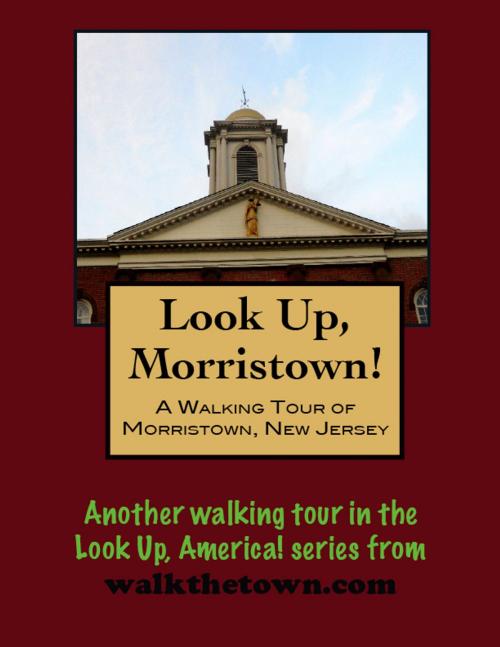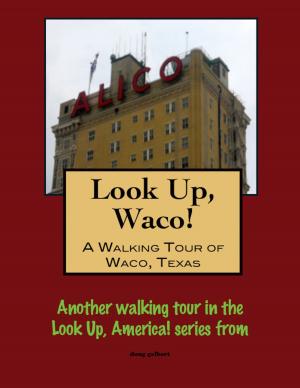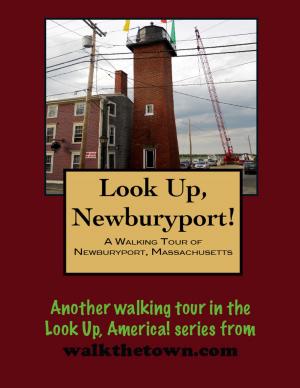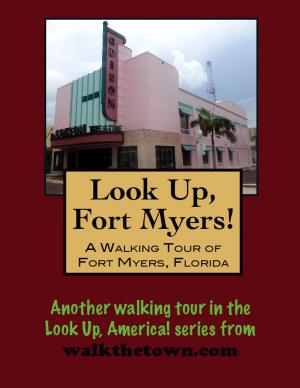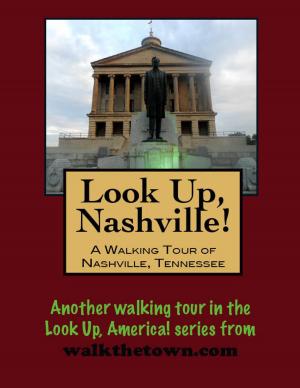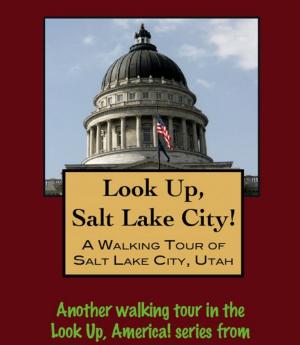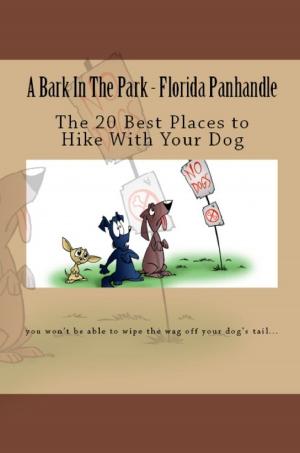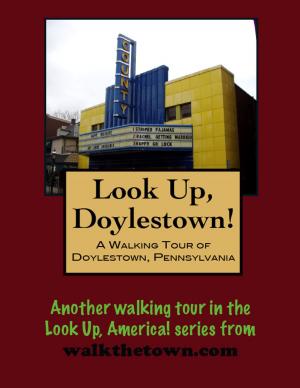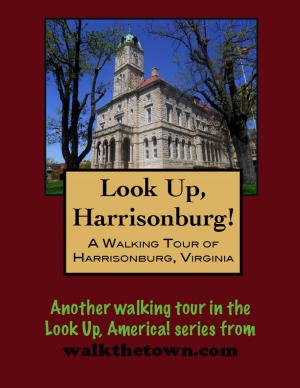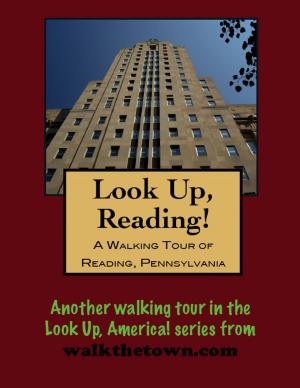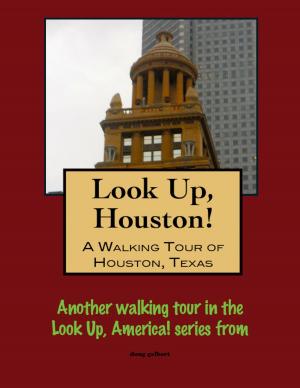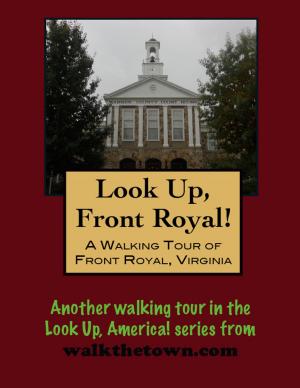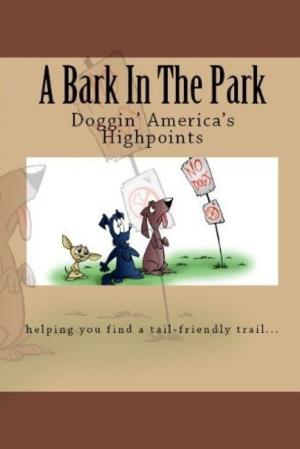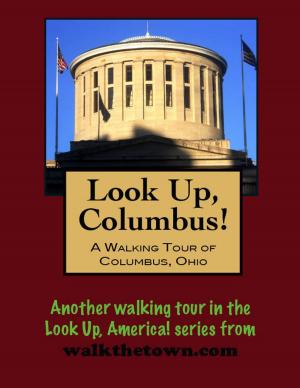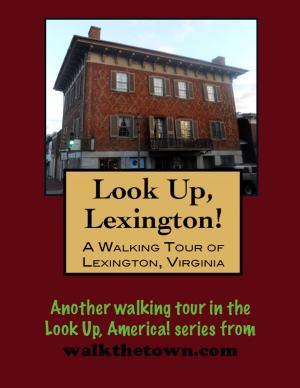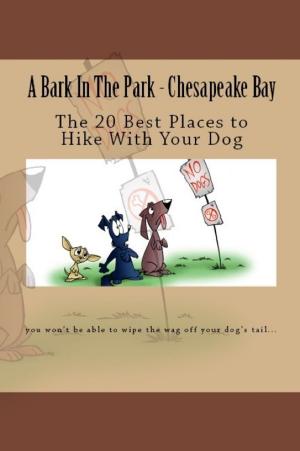| Author: | Doug Gelbert | ISBN: | 9781458047304 |
| Publisher: | Doug Gelbert | Publication: | March 3, 2011 |
| Imprint: | Smashwords Edition | Language: | English |
| Author: | Doug Gelbert |
| ISBN: | 9781458047304 |
| Publisher: | Doug Gelbert |
| Publication: | March 3, 2011 |
| Imprint: | Smashwords Edition |
| Language: | English |
There is no better way to see America than on foot. And there is no better way to appreciate what you are looking at than with a walking tour. This walking tour of Morristown, New Jersey is ready to explore when you are. Each walking tour describes historical, architectural landmarks, cultural sites and ecclesiastic touchstones and provides step-by-step directions.
Every tour also includes a quick primer on identifying architectural styles seen on American streets.
Morristown, a village of 250, was a center of iron supply for the American Revolution. Even though it lay only 30 miles west of the main British force in New York City it was protected by a series of parallel mountain ranges. It was these twin luxuries of a defensible position in close proximity to the enemy which twice brought General George Washington to camp his main army here, first in 1777 and again in 1779-1780.
After the Battle of Princeton on January 3, 1777, Washington’s army was too worn down to continue an offensive and trudged into winter quarters at Morristown. The 5,000 soldiers swarmed the tiny town seeking shelter in the few public buildings, private homes, barns and stables then in existence. Steadily Washington rebuilt his flagging troops, overcoming desertion and incipient food shortages. his greatest foe, however, was disease. An outbreak of smallpox threatened to decimate the small army and Washington ordered the little known and, to many, horrifying procedure of inoculation. Some indeed died but most of his troops did not contract the deadly pox.
Washington again brought his army to Morristown at the end of 1779, this time a seasoned, battle-hardened group that had just driven the British back into New York. But nothing could have prepared the Continental Army for the worst winter of the eighteenth century. Twenty-eight blizzards pounded the slopes and whipped through the wooden huts. The quartermaster could not keep the army clothed, and many times the sun came up and went down without any food being issued to the men. Only the respect for Washington kept the army from open mutiny. It is this Revolutionary heritage that permeates Morristown today.
The town was settled in 1715 and was designated the county seat when Morris County was cleaved from Hunterdon County in 1739. The county was named for the popular Governor of the Province, Lewis Morris, who championed benefits for the colonists. In the 1800s, with the coming of the Morris Canal and then the railroads, Morristown boomed as the financial center for the iron industry. When the trains came back after delivering iron ore they were carrying New Yorkers out of city seeking a respite from the urban environment. This exchange would shape the character of the town for decades.
Morristown has been an active participant in the urban renewal game. Those buildings that were not torn down were often dressed in utilitarian facades. When thought was involved, Colonial Revival architecture was most often employed. Our walking tour will begin on the town green, whose buildings, typical of Morristown, do not collectively call to mind any particular time in the town’s nearly 300-year history...
There is no better way to see America than on foot. And there is no better way to appreciate what you are looking at than with a walking tour. This walking tour of Morristown, New Jersey is ready to explore when you are. Each walking tour describes historical, architectural landmarks, cultural sites and ecclesiastic touchstones and provides step-by-step directions.
Every tour also includes a quick primer on identifying architectural styles seen on American streets.
Morristown, a village of 250, was a center of iron supply for the American Revolution. Even though it lay only 30 miles west of the main British force in New York City it was protected by a series of parallel mountain ranges. It was these twin luxuries of a defensible position in close proximity to the enemy which twice brought General George Washington to camp his main army here, first in 1777 and again in 1779-1780.
After the Battle of Princeton on January 3, 1777, Washington’s army was too worn down to continue an offensive and trudged into winter quarters at Morristown. The 5,000 soldiers swarmed the tiny town seeking shelter in the few public buildings, private homes, barns and stables then in existence. Steadily Washington rebuilt his flagging troops, overcoming desertion and incipient food shortages. his greatest foe, however, was disease. An outbreak of smallpox threatened to decimate the small army and Washington ordered the little known and, to many, horrifying procedure of inoculation. Some indeed died but most of his troops did not contract the deadly pox.
Washington again brought his army to Morristown at the end of 1779, this time a seasoned, battle-hardened group that had just driven the British back into New York. But nothing could have prepared the Continental Army for the worst winter of the eighteenth century. Twenty-eight blizzards pounded the slopes and whipped through the wooden huts. The quartermaster could not keep the army clothed, and many times the sun came up and went down without any food being issued to the men. Only the respect for Washington kept the army from open mutiny. It is this Revolutionary heritage that permeates Morristown today.
The town was settled in 1715 and was designated the county seat when Morris County was cleaved from Hunterdon County in 1739. The county was named for the popular Governor of the Province, Lewis Morris, who championed benefits for the colonists. In the 1800s, with the coming of the Morris Canal and then the railroads, Morristown boomed as the financial center for the iron industry. When the trains came back after delivering iron ore they were carrying New Yorkers out of city seeking a respite from the urban environment. This exchange would shape the character of the town for decades.
Morristown has been an active participant in the urban renewal game. Those buildings that were not torn down were often dressed in utilitarian facades. When thought was involved, Colonial Revival architecture was most often employed. Our walking tour will begin on the town green, whose buildings, typical of Morristown, do not collectively call to mind any particular time in the town’s nearly 300-year history...
